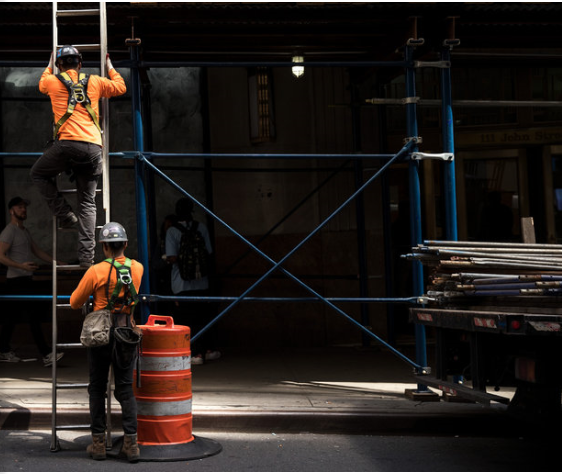Many workers feel left out in today’s slow growth economy. Faster growth will improve their prospects by creating more and better paying jobs.
The private sector economist, Ruchir Sharma, warns however that faster growth will be hard to achieve. He says that our relatively slow GDP growth of 2% per year since the end of the Great Recession has been caused by the Three Ds: depopulation, deleveraging and deglobalization.

In particular:
- Depopulation. The baby boom caused explosive population growth after WWII. Even in the early 2000s the working age population in the U.S. was growing by 1.2% per year but is now predicted by the CBO to grow by only .5% per year in the coming years. More immigration, not less, would help in this respect.
- Deleveraging. Since the Financial Crisis consumers have cut back on borrowing. Also the Dodd-Frank Act has restricted bank lending for business investment. Exempting small community banks from Dodd-Frank would help in this respect.
- Deglobalization. Cross-border trade expanded from 30% of GDP in 1980 to 60% of GDP in 2008 but has since fallen back to 55% of GDP. Upon taking office President Trump immediately killed the Trans Pacific Partnership and is now renegotiating NAFTA. Any falloff in American export business will hurt economic growth.
In fact, there are countervailing trends. I have previously discussed evidence for the likelihood of faster growth based on the infusion of information technology into physical industries over the next 15 years.
Conclusion. The best way to improve employment prospects for the broad middle class, including blue-collar workers, is by making the economy grow faster. The constraints on faster growth are real but can be alleviated with sensible policies.
Follow me on Twitter
Follow me on Facebook





